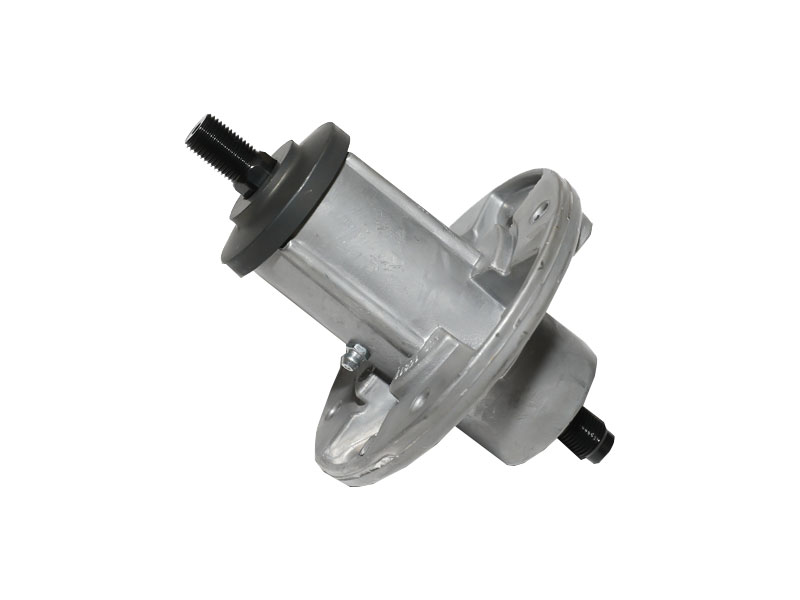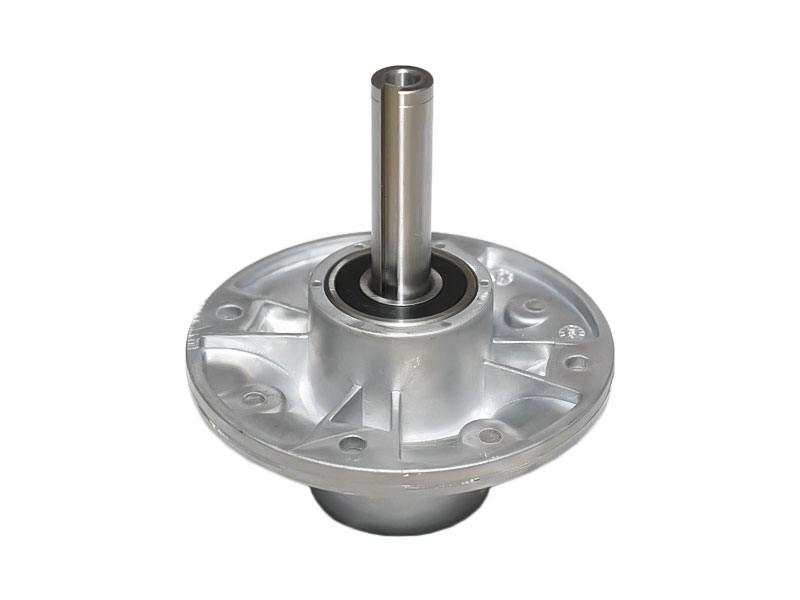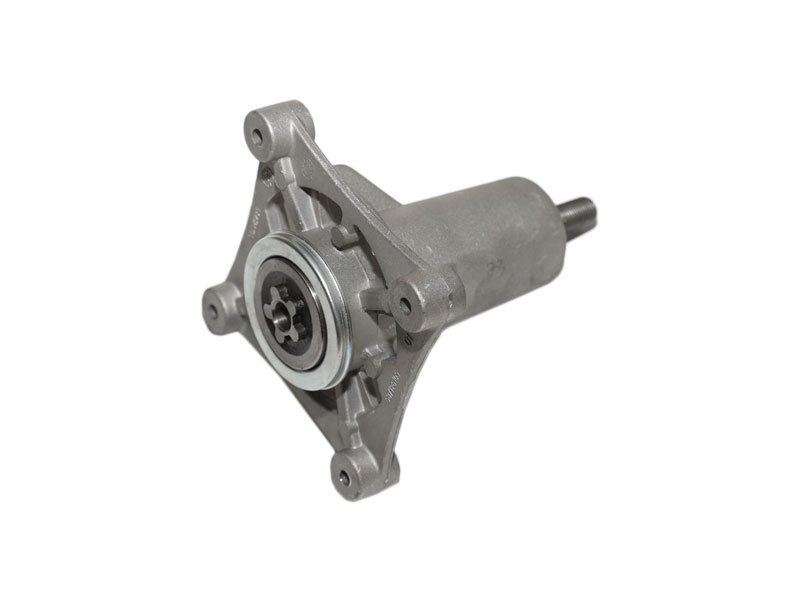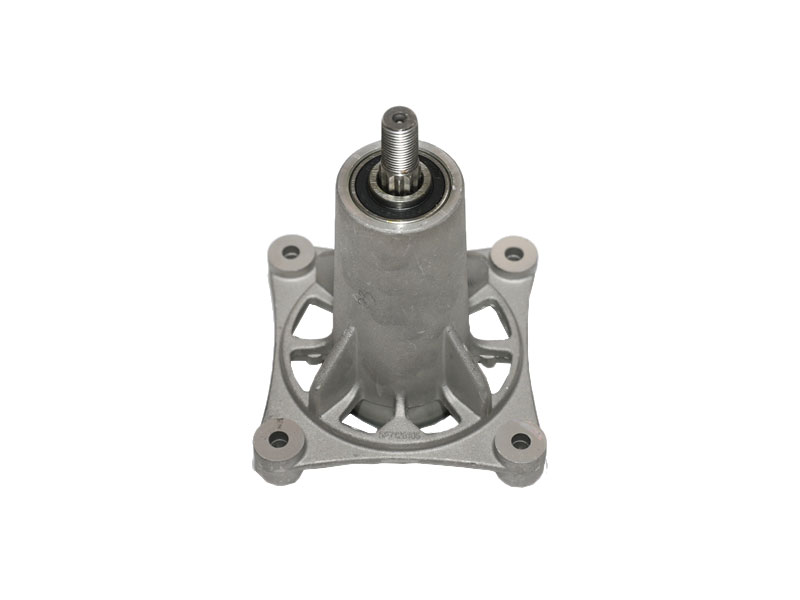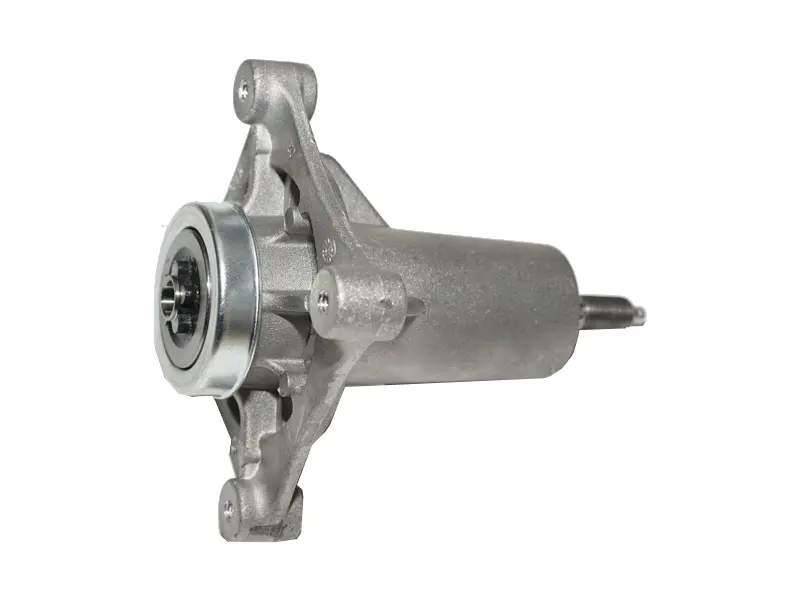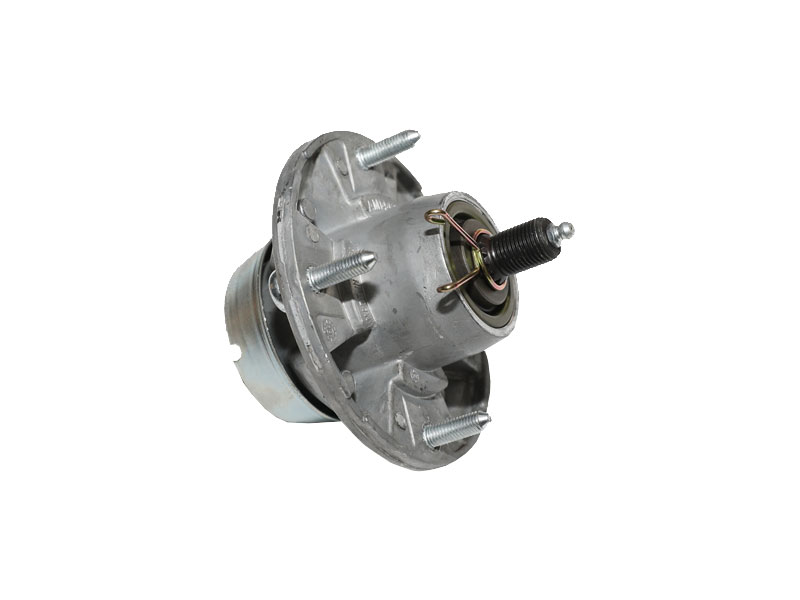The car’s low and big are exquisite, not the lower the better. First of all, the main purpose of lowering the body is to have a lower center of gravity. A lower center of gravity means a higher cornering limit (theoretical value).
But don’t forget that the road is not a perfectly ideal level. There may be ups and downs on the road, there may be shoulders, and there may also be various emergencies. Therefore, it is necessary to allow the tires to move freely to absorb the excess vibration. The wheels are better on the ground.
Generally speaking, a softer suspension means a stronger ability to absorb vibrations, but only springs are not enough. Imagine a spring pony horse in a children’s playground, which can be played for a long time with just one push, so a constraint needs to be introduced. To filter out the excess movement. This is precisely the role of shock absorption. In fact, dampers are quite common in life. For example, high-end cabinet doors can clearly feel a resistance when they are closed. For example, the roof handle on the car will automatically retract in a slow manner during the final stage of rebound. This kind of high-level sense is achieved through the damper. Let us start with the physical principles of shock absorbers.
If the entire system is abstracted, the tire is connected with springs and dampers, then the system will receive a total of three forces, one of which is the external force received by the tire, which is equal to the tire mass multiplied by the tire acceleration. The second is the elastic force of the spring, whose effect is equal to the spring stiffness coefficient multiplied by the displacement. The third is the resistance provided by the damper, and its size is proportional to the speed of movement. By adjusting the size of the damping, the effect shown in the figure can be achieved, just to completely filter out the vibration.
We can assume that the tire hits a bump on the road and is forced to move upward. The curve in the figure is the trajectory of the wheel. If the damping is too small, it can be clearly seen that the tire will leave the ground due to the excessive movement speed, and then bounce back and forth. At this time, the time that the tire touches the ground will be shortened, so a part of the grip is sacrificed. If the damping is too large, it will cause the wheels to move too slowly, as if there is no suspension, causing other wheels to lose part of their grip. So the right suspension damping is very necessary, too much or too little will affect the grip of the final tire.
Next, take a brief look at the structure of conventional shock absorbers. The figure below shows the traditional double-tube type shock absorber structure. It can be seen that the lower end is fixed, and the upper rod can move up and down to play a damping effect. A piston valve is connected to the bottom of this rod, and the size of the small hole on this valve controls the strength of the damping. In addition, there is a valve at the bottom of the entire shock absorber. Through the cooperation of the two valve bodies, the compression and rebound damping are jointly determined. Generally speaking, the compression damping will be less than the rebound damping to enhance comfort.
The picture above shows three common civil shock absorbers. They are double tube type, single tube type, and single tube with compression piston type. Among them, the double-tube type is the cheapest. The disadvantage is that it can only be installed directly, and it is prone to attenuation and gas entering the oil. The advantage of the single-tube type is that a gas-liquid separation piston can be used to prevent gas from entering the oil, but the disadvantage is that there is no compression piston. For this reason, the third form belongs to the ultra-high level in the field of civil shock absorbers.
The shock absorber damping of civilian cars is set by the manufacturer and cannot be adjusted. In racing cars, considering different track conditions and different vehicle configurations, the damping needs to be adjusted, so variable damping is usually used Shock absorber. On some high-end shock absorbers, compression and rebound damping can even be adjusted separately. On more advanced shock absorbers, you can also adjust the damping at low speed and high speed (shock absorber speed instead of car speed), which can be described as very precise. But all in all, the supreme meaning of the shock absorber is the above mentioned, as close as possible to the point that just eliminates all unnecessary vibration.
Ohlins, a major product in the shock absorber industry, has a shock absorber called DFV technology. The whole process of DFV is Dual Flow Valve technology, which is literally translated as Dual Flow Valve technology. The core concept of this technology is to force the oil in the shock absorber to only move in one direction, so that the damping during compression and rebound can be ensured to be consistent. As shown in the figure below, at low speed, oil will flow through the lowermost channel. At medium speed, oil will flow through the uppermost channel. At high speeds, oil will flow out of the pressure relief valve to ensure comfort when passing bumps. So in short, compared to the single damping of the original factory, high-end suspensions can have three-stage different damping.
As shown in the figure, the top is the original shock absorber. It can be seen that after passing a small protrusion, the tire has been off the ground because of excessive damping, which caused the rebound to be delayed. And by carefully observing the red tire movement track, you can see that the movement of the entire tire is relatively slow and sluggish, and the tire only jumped up a little bit in the picture below, and then immediately returned to the ground.
 English
English 中文简体
中文简体 Español
Español svenska
svenska




